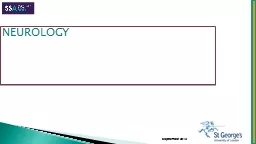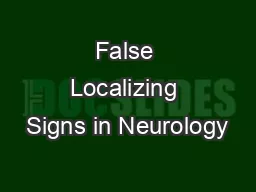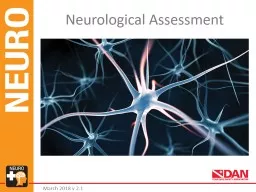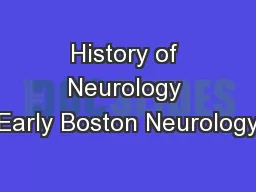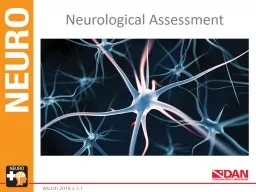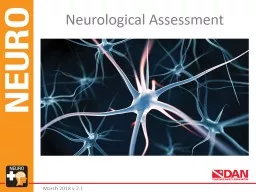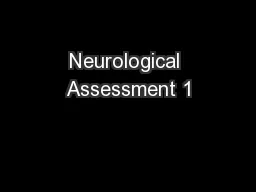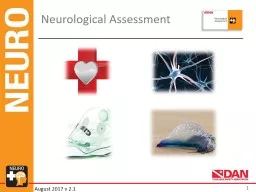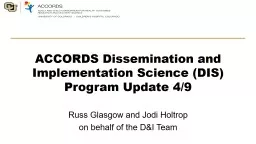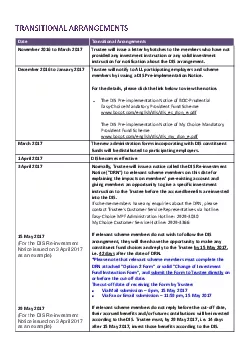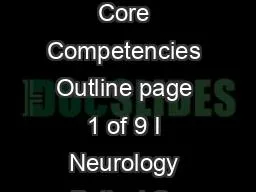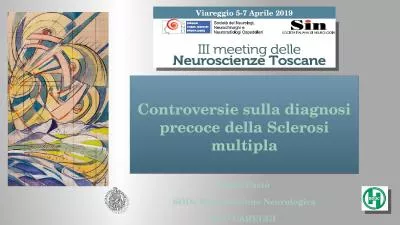PPT-Autumn 2017 NEUROLOGY Describe the range of neurological symptoms associated with substance
Author : ButterflyKisses | Published Date : 2022-08-04
Identify signs and symptoms of neurological disorders affected by substance misuse Describe an appropriate care plan LEARNING OUTCOMES Overlap between neurological
Presentation Embed Code
Download Presentation
Download Presentation The PPT/PDF document "Autumn 2017 NEUROLOGY Describe the range..." is the property of its rightful owner. Permission is granted to download and print the materials on this website for personal, non-commercial use only, and to display it on your personal computer provided you do not modify the materials and that you retain all copyright notices contained in the materials. By downloading content from our website, you accept the terms of this agreement.
Autumn 2017 NEUROLOGY Describe the range of neurological symptoms associated with substance: Transcript
Download Rules Of Document
"Autumn 2017 NEUROLOGY Describe the range of neurological symptoms associated with substance"The content belongs to its owner. You may download and print it for personal use, without modification, and keep all copyright notices. By downloading, you agree to these terms.
Related Documents

